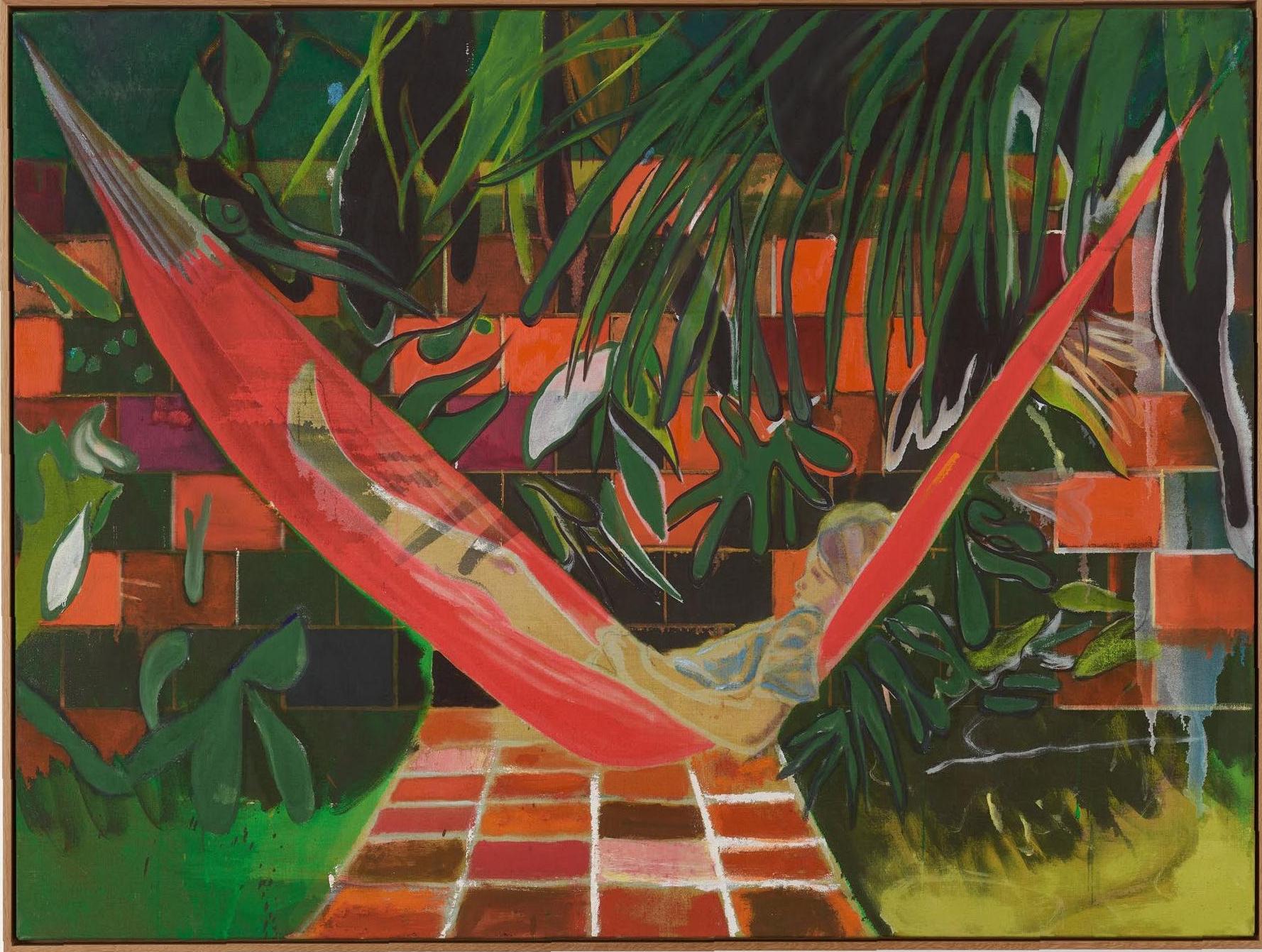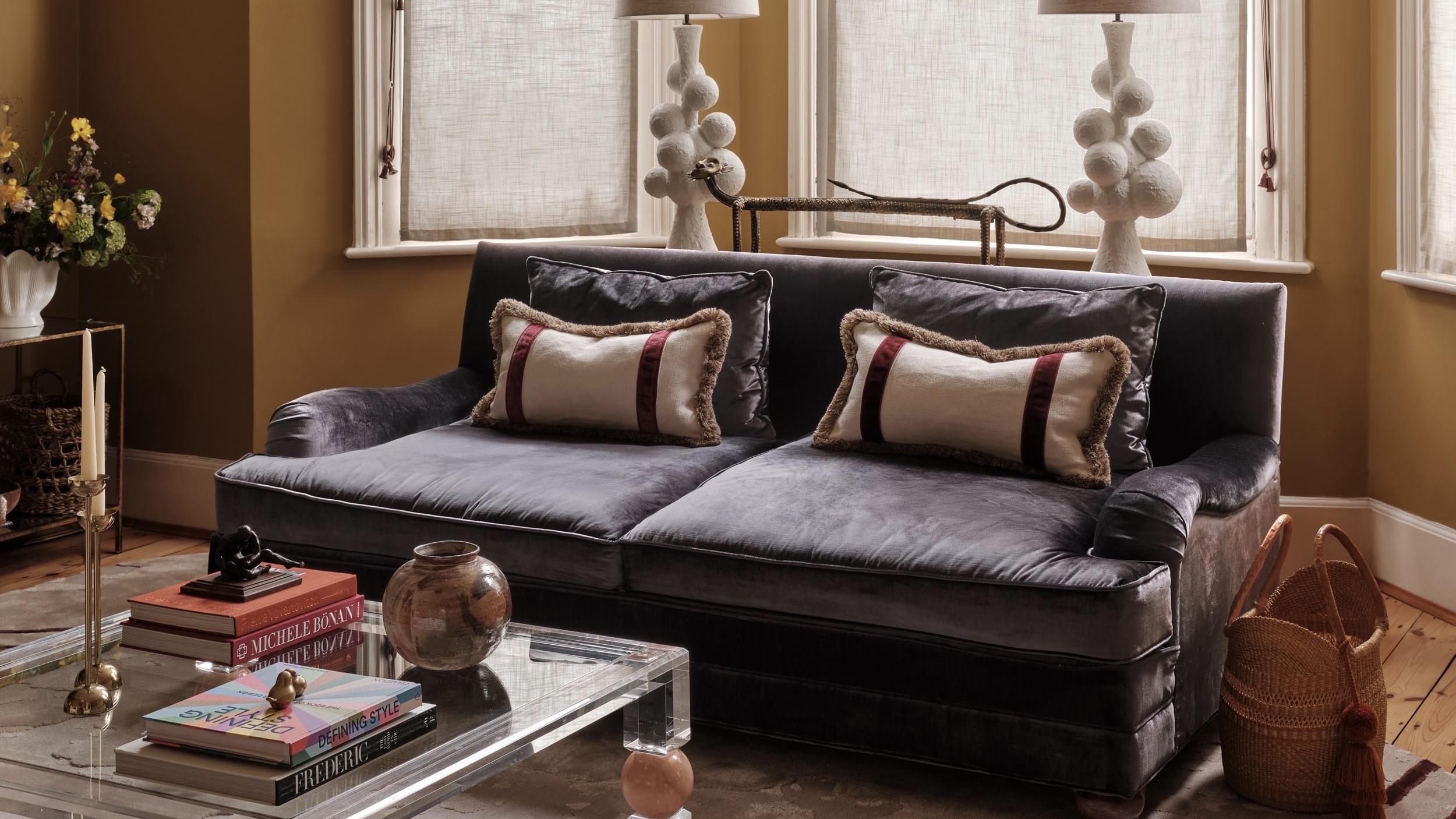A love letter to the hammock
Looking to simplify the act of relaxing? Then consider a hammock


The hammock is one of the great examples of undesign, demonstrating humanity’s canny capacity to meet a basic need with an abundant resource. Over centuries, the act of sleeping in the air, supported by textile, has travelled from indigenous vernacular to popular culture, arriving as a hollow emblem of luxury repose. Today, we prefer to look at or take pictures of hammocks rather than lie in them; that promise of beachy serenity rarely lives up to the clumsy clamber that getting in and out of one entails.
The origins of the hammock can be traced back about 1,000 years ago to the Caribbean and Americas, though it’s hard to believe it hasn’t existed for far longer. The name comes from ‘hamaca’, the Taíno word for fishing nets, which were suspended between trees, enabling safe sleep away from snakes. Spanish colonists returned to Europe with hammocks, as well as potatoes, chocolate, tobacco and gold. More efficient than bunks, they soon became part of life at sea, allowing sailors to sway with the swell, thus reducing the debilitating effects of seasickness. The hammock’s short leap from ship to beach followed in the 1950s, glamorised by the boom of resort lifestyle. Alongside palm trees, piña coladas and sunsets, the hammock became shorthand for that Elysian holiday that drives us to put one foot in front of the other through the drudgery of life. And yet, when faced with a hammock today, we often feel a sense of dread, invariably choosing to lie on a lounger instead.
This says more about us than it does about the hammock. Having endured for a millennium, they clearly work. Consumed by the guff of our lives, we find it near-impossible to give in to a force as natural as gravity. We struggle to switch off, and the hammock makes us feel sad, inept, broken.
Swaying in the breeze while scrolling on a phone rightly feels wrong. Mastering the art of the hammock is not just about comfortable napping; it encourages a deeper connection to one’s self, one’s environment and the present. Its womb-like cradling restores jangled spirits; to wake from a nap in a hammock is to feel not just rested but rebalanced.
Our own epiphany came in the unlikely setting of the 2012 Venice Architecture Biennale. Celebrating the legacy of Lúcio Costa, the visionary urban planner who oversaw the construction of Brasília in just 41 months, the Brazilian pavilion was filled with hammocks alongside a quote by Costa: ‘The same people who rest in hammocks can, whenever necessary, build a new capital in three years’ time.’ We have not built a capital, but we do believe the hammock deserves to be rescued from the resort and brought closer to home. Oh, and there is a simple knack to getting into them gracefully: a confident sit, swivel and swing will do it.
Receive our daily digest of inspiration, escapism and design stories from around the world direct to your inbox.

Hugo is a design critic, curator and the co-founder of Bard, a gallery in Edinburgh dedicated to Scottish design and craft. A long-serving member of the Wallpaper* family, he has also been the design editor at Monocle and the brand director at Studioilse, Ilse Crawford's multi-faceted design studio. Today, Hugo wields his pen and opinions for a broad swathe of publications and panels. He has twice curated both the Object section of MIART (the Milan Contemporary Art Fair) and the Harewood House Biennial. He consults as a strategist and writer for clients ranging from Airbnb to Vitra, Ikea to Instagram, Erdem to The Goldsmith's Company. Hugo recently returned to the Wallpaper* fold to cover the parental leave of Rosa Bertoli as global design director, and is now serving as its design critic.
-
 Eight questions for Bianca Censori, as she unveils her debut performance
Eight questions for Bianca Censori, as she unveils her debut performanceBianca Censori has presented her first exhibition and performance, BIO POP, in Seoul, South Korea
-
 How to elevate a rental with minimal interventions? Charu Gandhi has nailed it with her London home
How to elevate a rental with minimal interventions? Charu Gandhi has nailed it with her London homeFocus on key spaces, work with inherited details, and go big on colour and texture, says Gandhi, an interior designer set on beautifying her tired rental
-
 These fashion books, all released in 2025, are the perfect gift for style fans
These fashion books, all released in 2025, are the perfect gift for style fansChosen by the Wallpaper* style editors to inspire, intrigue and delight, these visually enticing tomes for your fashion library span from lush surveys on Loewe and Louis Vuitton to the rebellious style of Rick Owens and Jean Paul Gaultier